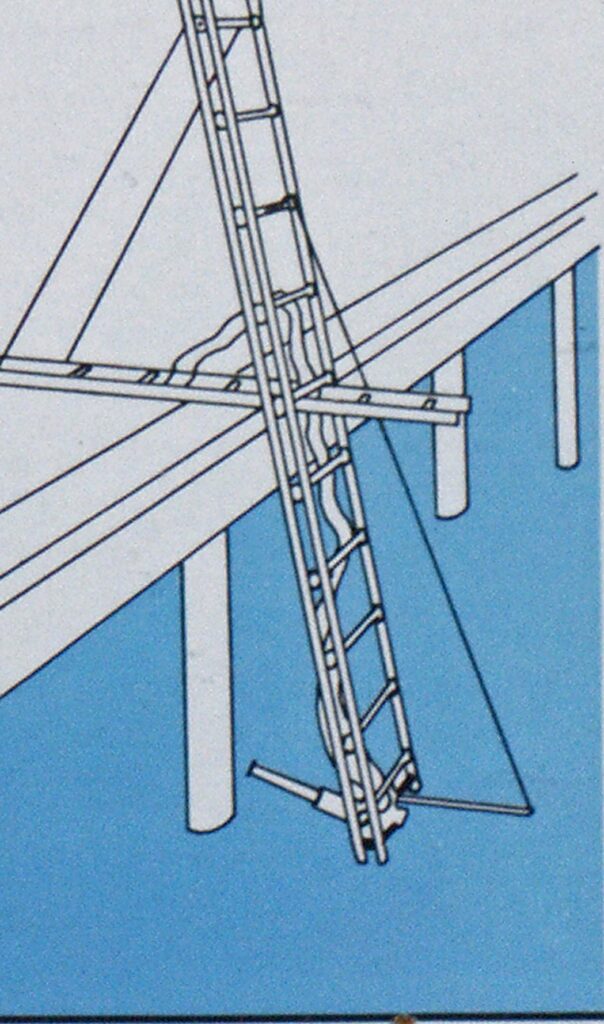
Fighting Pier Fires
Lieutenant
Any city with an extensive waterfront developed for transportation, with docks, piers and warehouses, has need for a procedure to prevent the spread of fire underneath the piers. The officers and men stationed in the harbor district must possess, besides the fire fighting knowledge common to all in the department, a special intimacy with the shoreline and everything built upon it. Experience with pier fires has shown the extreme danger in the spread of fire through wood piling and other combustible materials in the inaccessible spaces under pier docks.
Oil forms a coating on docks and under piers and represents a real means of spreading fires. Fuel oil, in the form of a viscous, tarry mass, spreads over the surface and is carried by the action of the tide and wind and deposited where it forms a coating on piling and other pier wharf structural members. This coating will extend from low water to high water, depending on the tide.
The first effort at a pier fire is to confine it to the point of origin. This is difficult where there is a concrete deck above and the point underneath is obstructed by girders and beams that impede the direction of fire streams and allow extension of the fire accompanied by heavy smoke.
If the pier is not equipped with sprinklers beneath, we must have other means available to control and extinguish the fire. The normal means available for under-pier fires are cellar pipes and distributors, with a range of approximately 50 feet.
However, using two metal ladders and a ladder pipe equipped with a 1 ¼ -inch tip, it was possible to develop a large caliber stream with a range of over 100 feet. The advantage of this procedure over cellar pipes is that you can place the ladder pipe above the level of the water for better stream penetration. Placing ladder pipes at both sides of the pier with streams over 100 feet and discharging over 400 gpm you can set up a wall of water to confine and extinguish the fire. By cutting a 3X3-foot hole in the pier deck you can direct a stream in any direction, and it is possible after shutting down the water to move the ladder pipe from one location to another location.
- Use a hose strap or short rope (clove hitch and binder) to join the rungs of the two ladders where they cross.
- Secure the vertical ladder (20′) angle with the reinforcing rods, ends bent into rungs and held by a short rope.
EQUIPMENT
20-foot metal ladder 14-foot metal hook ladder Portable ladder pipe, 1 1/4-inch tip 1/2-inch reinforcing rods (2)
1/2-inch rope, 3 lengths x 5 feet hose strap



